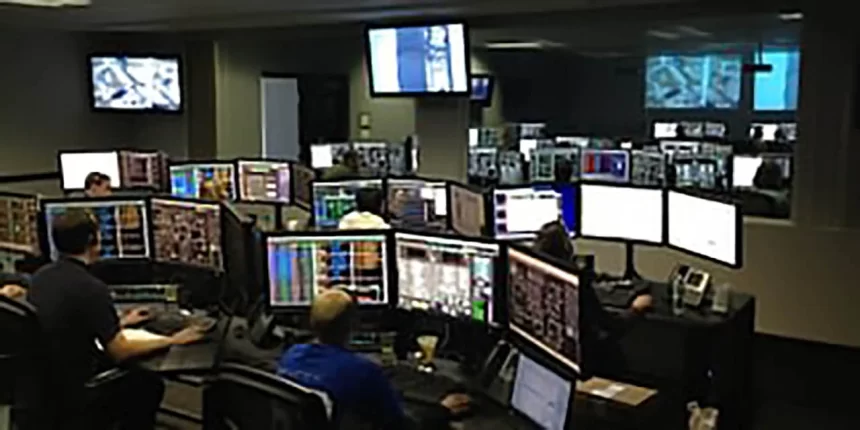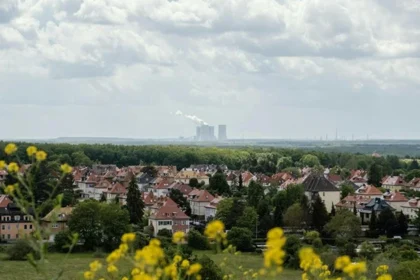The novel coronavirus has tested the whole world. It has tested the healthcare system’s ability to treat an influx of patients, the efficiency of supply chains to deliver everything from COVID-19 testing to toilet paper, the resourcefulness of manufacturers in swiveling and manufacturing ventilators, and our ability to stay home and remain productive.Thus assuming the Future of Data Centers after COVID-19.
Data centers have definitely been tested during this pandemic and have proven that they put “important” in vital services by effectively providing the opportunity to do work, studying, exercising, grocery shopping, socializing, doctor’s appointments, attending religious places and entertainment, all from home a reality.
This social distance season has illuminated our ability to communicate, work, and learn from remote places effectively. We have checked and discovered the efficacy and advantages of virtually doing most things. This highlights something which every generation learns at the risk of sounding dramatic: the world never stays the same. Some of the changes made in social distancing will stick around. It is merely common sense. Why waste time, energy, and overhead on traveling to a physical office or the site of a client, when those minutes or hours could be spent productively? The same is true for doctor visits and studying – these things do not have to happen face to face.
The use of cloud platforms and data-intensive applications has been on the rise already and has surged during the pandemic. What’s next, then? Where are we going from here? How’s the post-pandemic future of data centers going to look like?
Increase in Demand
Before the pandemic, analyst firm Gartner predicted that by 2021 the cloud computing and services industry would hit almost $300 billion, up from $175.8 billion in 2018, with software as a service (SaaS) leading the development. SaaS expected to rise from $72.2 billion in 2018 to $113.1 billion in 2021 in the same projection.
In a post-pandemic environment, the need for SaaS solutions to sustain an increasingly distributed workforce would be even greater. SaaS, once considered tools for SMEs, is gaining popularity with big business customers. An enlarged customer base means new resources, greater competitiveness, and creativity and, let alone, increased demand for data center space. Many SaaS providers will start looking like the big cloud companies of today, using strategically located data centers to give a growing customer base better coverage.
Cloud Companies and Geography Evolving In Size
Traditional cloud providers are getting powered up. For hyper-scale operators like Twitter, Facebook, and Amazon, 100MW would be the starting point for power-capacity. To responsibly feed their appetite, these mega players are gradually investing in clean energy sources and taking power sources closer to the latest data centers.
Much has been said about enterprises abandoning data center ownership and farming it out to public cloud providers such as the hyper scalers mentioned above. Nonetheless, the fact is, the growth of the distributed workforce would produce far more confidential data that cannot be put at risk. Security concerns will ensure that data centers from enterprises do not leave. The need for security and the approached age of existing facilities will combine to slow down the decline in enterprise data center growth.
Initially, new centers will appear in developed, predictable locations such as Northern Virginia, Chicago, Dallas, Phoenix, and the Bay Area. In these Tier, I market there is ample power, space to build, accessible network infrastructure, and tax incentives that have been set. We can also anticipate rising demand in Tier II and III regions, however, as they provide the capacity to accommodate larger data centers and cost-saving opportunities versus significant metro areas. They are appropriate destinations for more and more distributed networks, too.
The national and global demands on bandwidth generated during the period of self-quarantine show that the time is also ripe for rapid growth in edge data centers. The resulting changes in industry and society would only intensify the need for more capacity. Look for cable companies and telcos to lead the way, exploit cutting-edge data centers to expand network life, and add function without huge outlays of money, with SaaS and CDN providers also gaining religion quickly.
Rapid Response to Requests
This rise in demand, adoption of new solutions, and adventures into new markets will boost data center building volume. Super-sizing data centers and post-pandemic building boom would accelerate the evolution of conventional construction processes and place pressure on supply chains to keep up with emerging technologies. Building the use of information management (IMM) systems will become a standard, and two-dimensional models will gradually be replaced by three-dimensional alternatives providing a more detailed evaluation of requirements, clash resolution, cost, and scheduling.
Prefabrication then speeds up the production process for the project with a consistent blueprint. In addition, more pieces of the puzzle will be built off-site to accommodate simultaneous construction projects, from power racks to walls. Modularization and prefabrication will reduce labor costs and open up opportunities for diversity in the workforce. More women can be expected to join the construction industry in this modern technology-driven period, providing a broader pool of talent to draw from for these critical, time-sensitive projects.
The rapid growth of data centers, including edge facilities, would increase the need for more robust management solutions in an increasing number of non-traditional locations. The price of a truck roll to a remote location, for example, will become a critical factor in operational planning. Datacenter operators would need platforms that meld technologies such as AI and SDDC (Software-Defined Data Center) to allow them to perform a variety of current hands-on tasks, such as resetting breakers from one remote location.
There are endless ways in which humanity will never be the same after COVID-19, and data centers will enlarge to serve the future economy rather than continue to be pushed to the limit.










